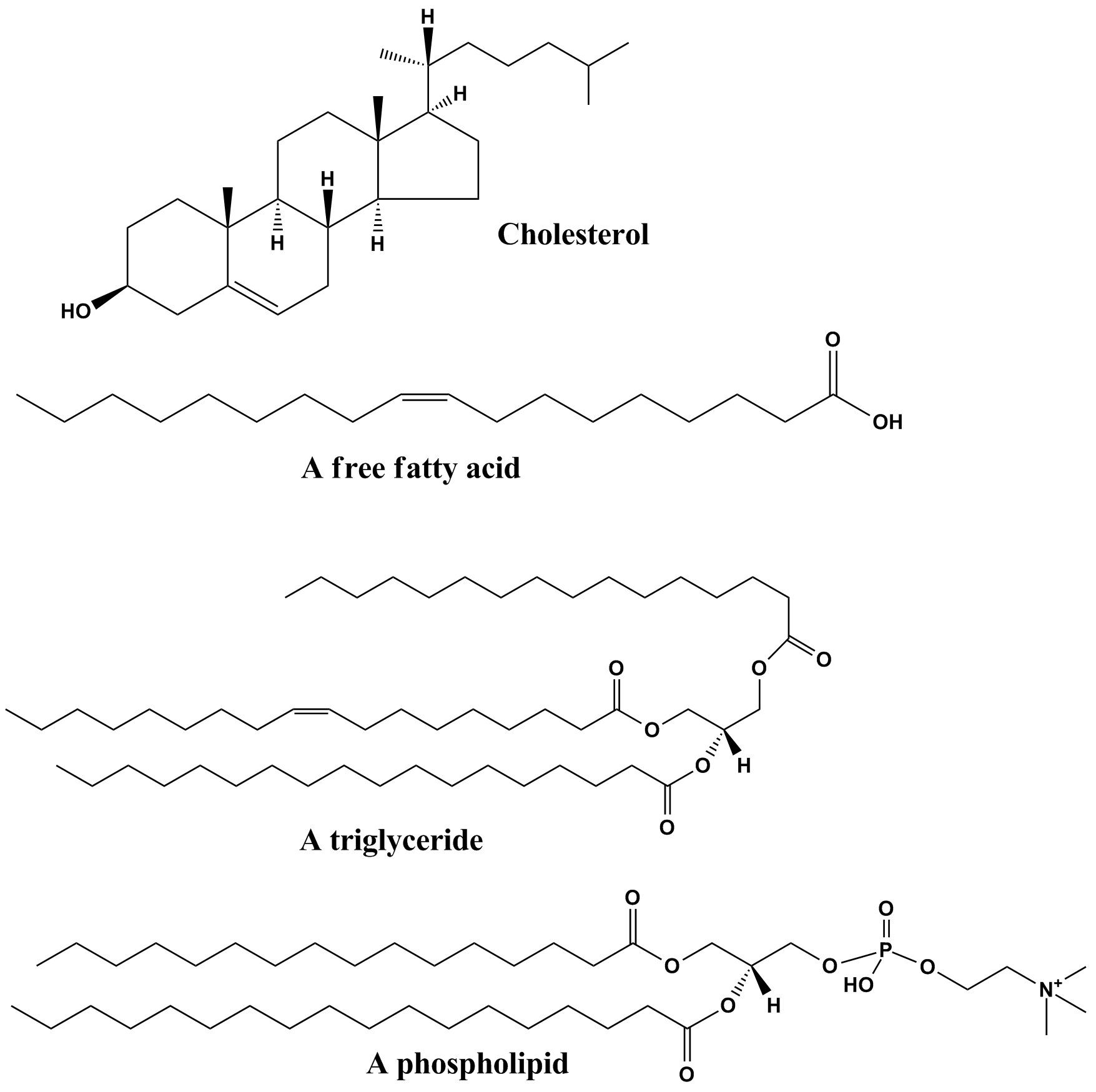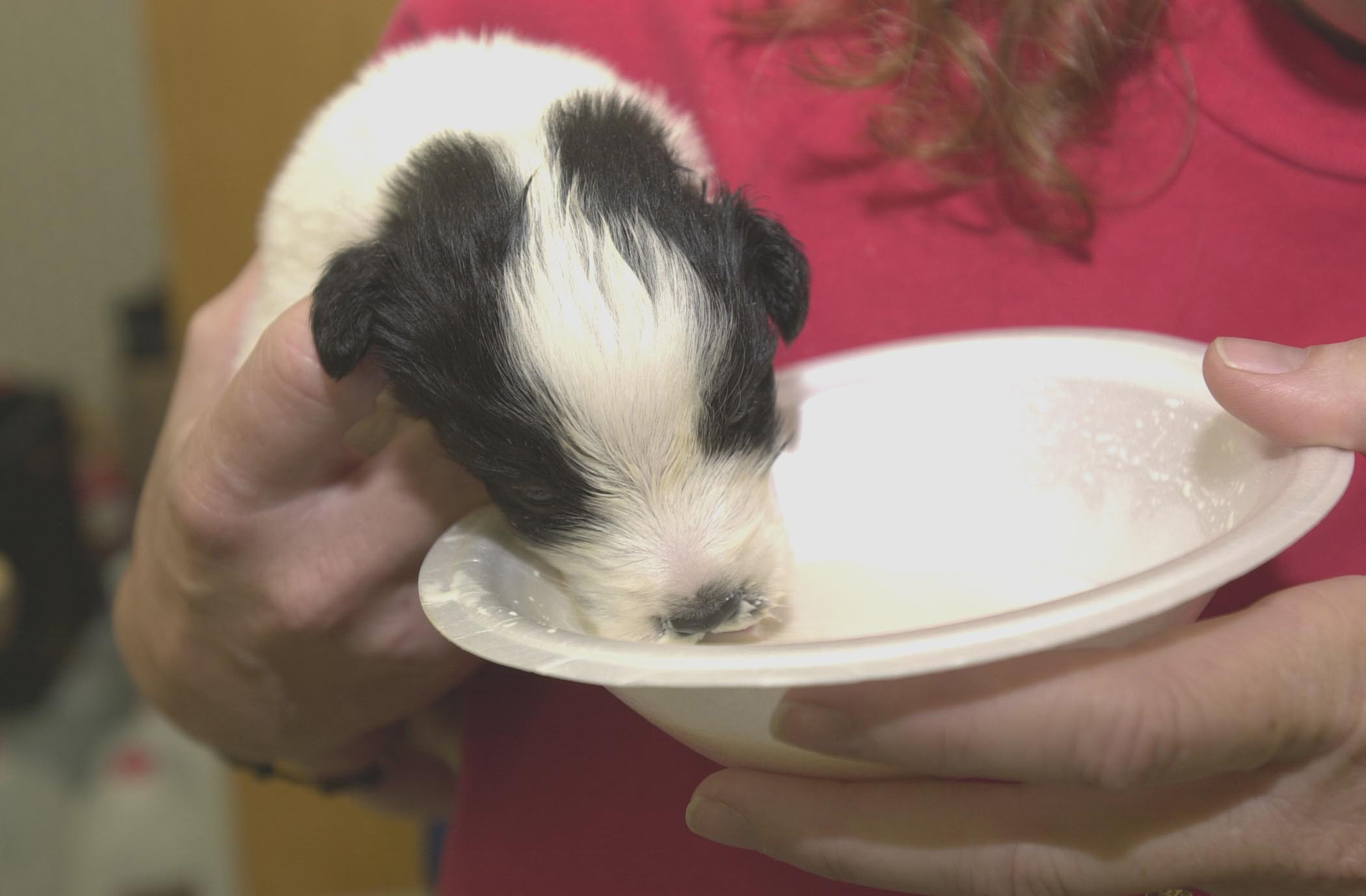|
Sham Dustbathing
Sham dustbathing is a behaviour performed by some birds when kept in cages with little or no access to litter, during which the birds perform all the elements of normal dustbathing, but in the complete ''absence'' of any substrate.Olsson, I.A.S., Keeling L.J. and Duncan, I.J.H., 2002. Why do hens sham dustbathe when they have litter? Applied Animal Behaviour Science, 76: 53–64Merrill, R.J.N., Cooper, J.J., Albentosa M.J. and Nicol, C.J., 2006. The preferences of laying hens for perforated Astroturf over conventional wire as a dustbathing substrate in furnished cages. Animal Welfare, 15:173–178van Liere, D.W., 1992. The significance of fowls' bathing in dust. Animal Welfare, 1:187–202 This behaviour often has all the activities and temporal patterns of normal dustbathing, i.e. the bird initially scratches and bill-rakes at the ground, then erects its feathers and squats. Once lying down, the behaviour contains four main elements: vertical wing-shaking, head rubbing, bill-ra ... [...More Info...] [...Related Items...] OR: [Wikipedia] [Google] [Baidu] |
Dust Bathing
Dust bathing (also called sand bathing) is an animal behavior characterized by rolling or moving around in dust, dry earth or sand, with the likely purpose of removing parasites from fur, feathers or skin. Dust bathing is a maintenance behavior performed by a wide range of mammalian and avian species. For some animals, dust baths are necessary to maintain healthy feathers, skin, or fur, similar to bathing in water or wallowing in mud. In some mammals, dust bathing may be a way of transmitting chemical signals (or pheromones) to the ground which marks an individual's territory. Birds Birds cower close to the ground while taking a dust bath, vigorously wriggling their bodies and flapping their wings. This disperses loose substrate into the air. The birds spread one or both wings which allows the falling substrate to fall between the feathers and reach the skin. The dust bath is often followed by thorough shaking to further ruffle the feathers which may be accompanied wi ... [...More Info...] [...Related Items...] OR: [Wikipedia] [Google] [Baidu] |
Lipid
Lipids are a broad group of naturally-occurring molecules which includes fats, waxes, sterols, fat-soluble vitamins (such as vitamins A, D, E and K), monoglycerides, diglycerides, phospholipids, and others. The functions of lipids include storing energy, signaling, and acting as structural components of cell membranes. Lipids have applications in the cosmetic and food industries, and in nanotechnology. Lipids may be broadly defined as hydrophobic or amphiphilic small molecules; the amphiphilic nature of some lipids allows them to form structures such as vesicles, multilamellar/ unilamellar liposomes, or membranes in an aqueous environment. Biological lipids originate entirely or in part from two distinct types of biochemical subunits or "building-blocks": ketoacyl and isoprene groups. Using this approach, lipids may be divided into eight categories: fatty acyls, glycerolipids, glycerophospholipids, sphingolipids, saccharolipids, and polyketides (derived from ... [...More Info...] [...Related Items...] OR: [Wikipedia] [Google] [Baidu] |
Parasitism
Parasitism is a Symbiosis, close relationship between species, where one organism, the parasite, lives on or inside another organism, the Host (biology), host, causing it some harm, and is Adaptation, adapted structurally to this way of life. The entomologist E. O. Wilson has characterised parasites as "predators that eat prey in units of less than one". Parasites include single-celled protozoans such as the agents of malaria, sleeping sickness, and amoebic dysentery; animals such as hookworms, lice, mosquitoes, and vampire bats; fungi such as Armillaria mellea, honey fungus and the agents of ringworm; and plants such as mistletoe, dodder, and the Orobanchaceae, broomrapes. There are six major parasitic Behavioral ecology#Evolutionarily stable strategy, strategies of exploitation of animal hosts, namely parasitic castration, directly transmitted parasitism (by contact), wikt:trophic, trophicallytransmitted parasitism (by being eaten), Disease vector, vector-transmitted paras ... [...More Info...] [...Related Items...] OR: [Wikipedia] [Google] [Baidu] |
Konrad Lorenz
Konrad Zacharias Lorenz (; 7 November 1903 – 27 February 1989) was an Austrian zoologist, ethologist, and ornithologist. He shared the 1973 Nobel Prize in Physiology or Medicine with Nikolaas Tinbergen and Karl von Frisch. He is often regarded as one of the founders of modern ethology, the study of animal behavior. He developed an approach that began with an earlier generation, including his teacher Oskar Heinroth. Lorenz studied instinctive behavior in animals, especially in greylag geese and jackdaws. Working with geese, he investigated the principle of imprinting, the process by which some nidifugous birds (i.e. birds that leave their nest early) bond instinctively with the first moving object that they see within the first hours of hatching. Although Lorenz did not discover the topic, he became widely known for his descriptions of imprinting as an instinctive bond. In 1936 he met Tinbergen, and the two collaborated in developing ethology as a separate sub-disciplin ... [...More Info...] [...Related Items...] OR: [Wikipedia] [Google] [Baidu] |
Hen Dustbathing
Hen commonly refers to a female animal: a female chicken, other gallinaceous bird, any type of bird in general, or a lobster. It is also a slang term for a woman. Hen or Hens may also refer to: Places Norway *Hen, Buskerud, a village in Ringerike municipality *Hen, Møre og Romsdal, a former municipality now in Rauma municipality **Hen Church United Kingdom *Hazel Brook or Hen, a stream in Bristol, England *Hen Cliff, on the Isle of Purbeck, Dorset, England *HEN, station code for Hendon railway station, England Worldwide * Hen Island (other) * Hen and Chicken Islands, New Zealand * Henan, a province of China (Guobiao abbreviation HEN) People * Hen (name), a given name and surname * Hen (pronoun), a Swedish gender-neutral pronoun * Hen., an abbreviation of the given name Henry Other * Symphony No. 83 (Haydn), nicknamed "The Hen" * ''Hen'' (manga), a 1988 manga created by Hiroya Oku * HEN, UCI team code for * HEN, abbreviation for Hallmark Entertainment Network See ... [...More Info...] [...Related Items...] OR: [Wikipedia] [Google] [Baidu] |
Operant Conditioning
Operant conditioning, also called instrumental conditioning, is a learning process where behaviors are modified through the association of stimuli with reinforcement or punishment. In it, operants—behaviors that affect one's environment—are conditioned to occur or not occur depending on the environmental consequences of the behavior. Operant conditioning originated in the work of Edward Thorndike, whose law of effect theorised that behaviors arise as a result of whether their consequences are satisfying or discomforting. In the 20th century, operant conditioning was studied by behaviorist psychologists, who believed that much, if not all, of mind and behaviour can be explained as a result of envirionmental conditioning. Reinforcements are environmental stimuli that increase behaviors, whereas punishments are stimuli that decrease behaviors. Both kinds of stimuli can be further categorised into positive and negative stimuli, which respectively involve the addition or removal ... [...More Info...] [...Related Items...] OR: [Wikipedia] [Google] [Baidu] |
Ethogram
An ethogram is a catalogue or inventory of behaviours or actions exhibited by an animal used in ethology. The behaviours in an ethogram are usually defined to be mutually exclusive and objective, avoiding subjectivity and functional inference as to their possible purpose. For example, a species may use a putative threat display, which in the ethogram is given a descriptive name such as "head forward" or "chest-beating display", and not "head forward threat" or "chest-beating threat". This degree of objectivity is required because what looks like "courtship" might have a completely different function, and in addition, the same motor patterns in different species can have very different functions (e.g. tail wagging in cats and dogs). Objectivity and clarity in the definitions of behaviours also improve inter-observer reliability In statistics, inter-rater reliability (also called by various similar names, such as inter-rater agreement, inter-rater concordance, inter-observer ... [...More Info...] [...Related Items...] OR: [Wikipedia] [Google] [Baidu] |
Animal Welfare
Animal welfare is the well-being of non-human animals. Formal standards of animal welfare vary between contexts, but are debated mostly by animal welfare groups, legislators, and academics. Animal welfare science uses measures such as longevity, disease, immunosuppression, behavior, physiology, and reproduction, although there is debate about which of these best indicate animal welfare. Respect for animal welfare is often based on the belief that nonhuman animals are sentient and that consideration should be given to their well-being or suffering, especially when they are under the care of humans. These concerns can include how animals are slaughtered for food, how they are used in scientific research, how they are kept (as pets, in zoos, farms, circuses, etc.), and how human activities affect the welfare and survival of wild species. There are two forms of criticism of the concept of animal welfare, coming from diametrically opposite positions. One view, held by some th ... [...More Info...] [...Related Items...] OR: [Wikipedia] [Google] [Baidu] |
Bird Behavior
The following outline is provided as an overview of and topical guide to birds: Birds (class Aves) – winged, bipedal, endothermic (warm-blooded), egg-laying, vertebrate animals. There are around 10,000 living species, making them the most varied of tetrapod vertebrates. They inhabit ecosystems across the globe, from the Arctic, to the Antarctic. Extant birds range in size from the bee hummingbird to the ostrich. What ''type'' of thing is a bird A bird can be described as all of the following: * Life form – entity or being that is living or alive. ** Animal – multicellular, eukaryotic organisms of the kingdom Animalia (also called Metazoa). Their body plan eventually becomes fixed as they develop, although some undergo a process of metamorphosis later on in their lives. Most animals are motile, meaning they can move spontaneously and independently. Biological classification * Kingdom: Animalia * Phylum: Chordata * Class: Aves Nature of birds Bir ... [...More Info...] [...Related Items...] OR: [Wikipedia] [Google] [Baidu] |
Ornithology
Ornithology is a branch of zoology that concerns the "methodological study and consequent knowledge of birds with all that relates to them." Several aspects of ornithology differ from related disciplines, due partly to the high visibility and the aesthetic appeal of birds. It has also been an area with a large contribution made by amateurs in terms of time, resources, and financial support. Studies on birds have helped develop key concepts in biology including evolution, behaviour and ecology such as the definition of species, the process of speciation, instinct, learning, ecological niches, guilds, island biogeography, phylogeography, and conservation. While early ornithology was principally concerned with descriptions and distributions of species, ornithologists today seek answers to very specific questions, often using birds as models to test hypotheses or predictions based on theories. Most modern biological theories apply across life forms, and the number of scientists ... [...More Info...] [...Related Items...] OR: [Wikipedia] [Google] [Baidu] |







.jpg)